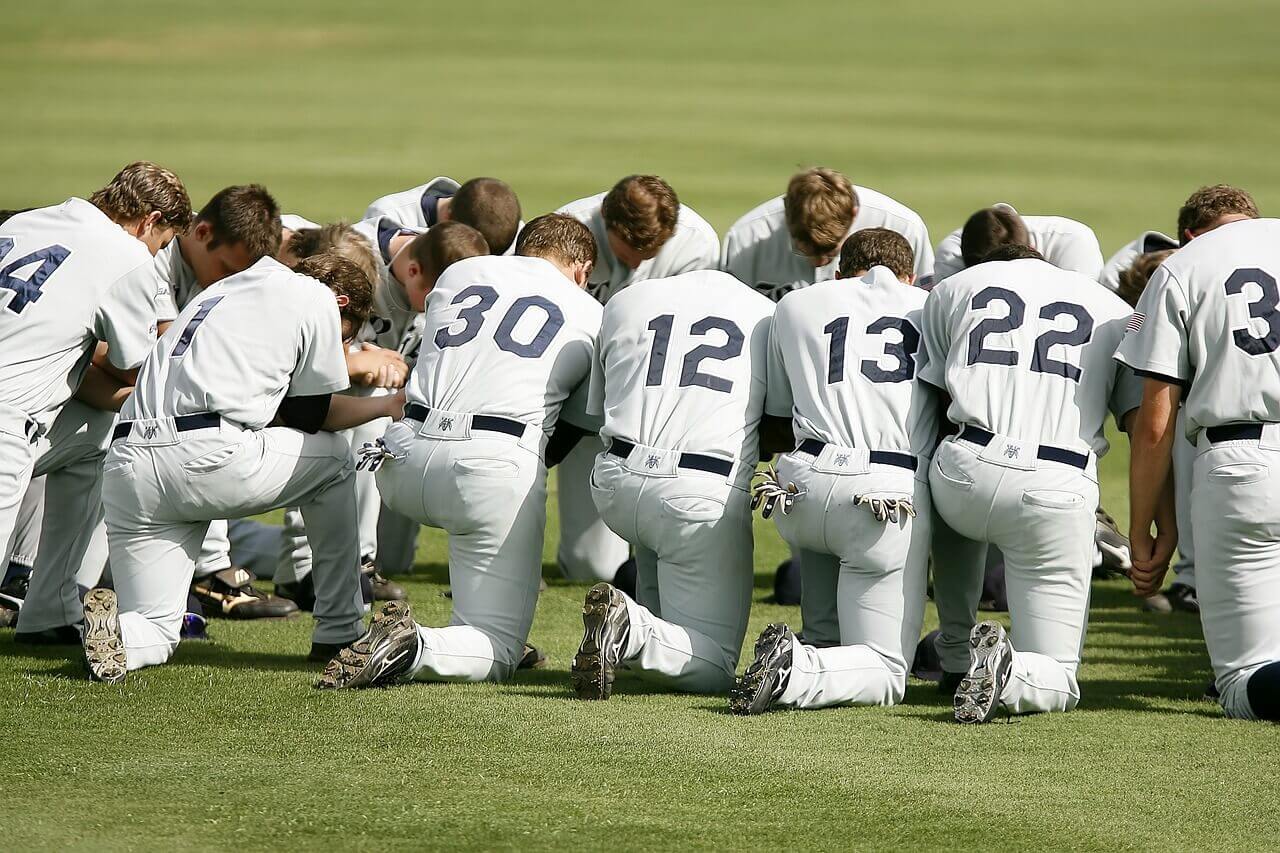In the world of Major League Baseball (MLB), players are not only athletes, but they are also human beings with personal lives and families. To accommodate players during times of personal emergencies or family tragedies, the MLB has implemented a special roster designation known as the Bereavement List. In this comprehensive guide, we will explore everything you need to know about the Bereavement List in baseball, from its purpose and provisions to the length of leave and frequently asked questions.
What is the Bereavement List?

The Bereavement List, also known as the compassionate list, is a special roster designation in Major League Baseball that allows players to take a temporary leave from their team in the event of a serious illness or death in their immediate family. It provides players with the necessary time and support to attend to personal matters during times of crisis or grief.
Eligibility and Documentation
To be eligible for the Bereavement List, a player must be related to the individual who is seriously ill or has passed away. Immediate family members, including spouses, children, parents, grandparents, and siblings, are typically covered under the Bereavement List. However, distant relatives such as aunts, uncles, and cousins do not qualify.
When a player needs to be placed on the Bereavement List, they are required to provide documentation of the family emergency to the team. This documentation may include a death certificate, a note from a physician, or other forms of proof to support their absence.
Provisions of the Bereavement List
When a player is placed on the Bereavement List, they are not counted as a member of the team’s active 26-man roster. This allows the team to replace the player with another member from their extended 40-man roster or call up a player from their minor league affiliate to fill the vacancy.
During their time on the Bereavement List, players continue to receive their salary and benefits, ensuring that they are not financially burdened while attending to personal matters. Additionally, players accrue service time, meaning that their absence is recognized as part of their overall career in the MLB.
Length of Leave
The length of leave granted to players on the Bereavement List typically ranges from three to seven days. Players must miss a minimum of three games and a maximum of seven games during their time on the list. However, if a player requires additional time due to extenuating circumstances, they may request an extension from the league administration, providing a valid reason for their prolonged absence.
It is important to note that the Bereavement List is not intended to be used for trivial family matters or personal affairs unrelated to serious illness or death. It is a compassionate measure designed to support players during times of significant personal hardship.
How Does the Bereavement List Affect the Roster?

When a player is placed on the Bereavement List, their absence does not count against the team’s active 26-man roster. However, their place on the 40-man roster is maintained. To make room for the replacement player, the team may need to make a corresponding roster move, such as transferring a player to the injured list or making a trade.
If a player requires more time away from the team beyond the maximum of seven days, they may be transferred to the restricted list. While on the restricted list, the player is not counted towards the active roster limit, allowing the team to call up another player while the absent player remains on the active squad.
Frequently Asked Questions
Q: Can players on the Bereavement List get paid?
A: Yes, players on the Bereavement List continue to receive their salary and benefits during their leave.
Q: What is the difference between the Bereavement List and the Restricted List?
A: The Bereavement List is specifically for players dealing with serious illness or death in their immediate family, while the Restricted List encompasses other circumstances such as prohibited substance violations or extended personal leave.
Q: How was the Bereavement List created?
A: The Bereavement List was first implemented in 2003 to provide players with the necessary time and support to attend to personal matters during times of crisis or grief.
Conclusion
In conclusion, the Bereavement List in baseball serves as a compassionate measure that allows players to prioritize their personal lives during challenging times. By providing players with the opportunity to take temporary leave in the event of a serious illness or death in their immediate family, the Bereavement List recognizes the importance of family and personal matters. It ensures that players can take the time they need to attend to personal emergencies without jeopardizing their positions on their respective teams. In the world of baseball, the Bereavement List is a testament to the sport’s understanding of its players as human beings with lives beyond the game.








